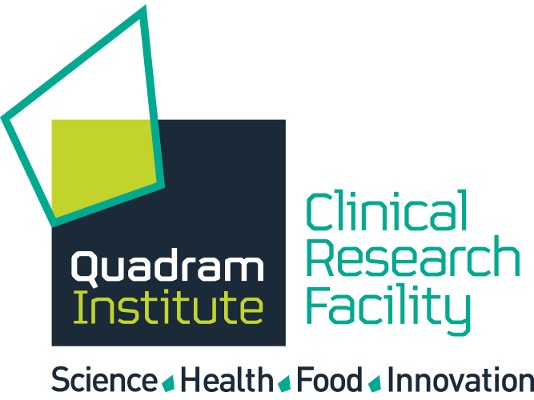
ES-Bact
ES-Bact is dominated by genus Bacteroides. It is a founder population of the human gut microbiome that appears early in infants. Its relative abundance prevails in recovering microbiomes, and is strongly associated to antibiotic treatments.


Attributes
| Background | Identification study | First included |
| Frioux et. al (202X) | November 2022 |
| Known associations | Dataset | Associations |
| BMIS | beta-lactam (positive) (Frioux et. al (202X)) inhibitor antibiotic intake (positive) (Frioux et. al (202X)) macrolide (positive) (Frioux et. al (202X)) tetracycline (positive) (Frioux et. al (202X)) total antibiotics (positive) (Frioux et. al (202X)) trimethoprim (positive) (Frioux et. al (202X)) age (negative) (Frioux et. al (202X)) fat mass (positive) (Frioux et. al (202X)) | |
| GMR adults | antibiotics (positive) (Frioux et. al (202X)) | |
| GMR infants | birth weight (positive) (Frioux et. al (202X)) delivery mode (negative) (Frioux et. al (202X)) age (positive) (Frioux et. al (202X)) |
| Technical validation | - | - |
| - | - |
| Composition | Rank | Taxa |
| Kingdom |
Bacteria (93.63%) |
|
| Phylum |
Bacteroidota (89.29%) Firmicutes_A (3.59%) Proteobacteria (0.75%) |
|
| Class |
Bacteroidia (89.29%) Clostridia (3.59%) Gammaproteobacteria (0.75%) |
|
| Order |
Bacteroidales (89.29%) Oscillospirales (2.29%) Burkholderiales (0.75%) Lachnospirales (1.3%) |
|
| Family |
Bacteroidaceae (82.29%) Tannerellaceae (4.74%) Ruminococcaceae (2.29%) Rikenellaceae (2.26%) Burkholderiaceae (0.75%) Lachnospiraceae (1.3%) |
|
| Genus |
Bacteroides (60.98%) Phocaeicola (21.31%) Parabacteroides (4.74%) Faecalibacterium (2.29%) Alistipes (2.26%) Sutterella (0.75%) Roseburia (0.68%) Blautia (0.62%) |





